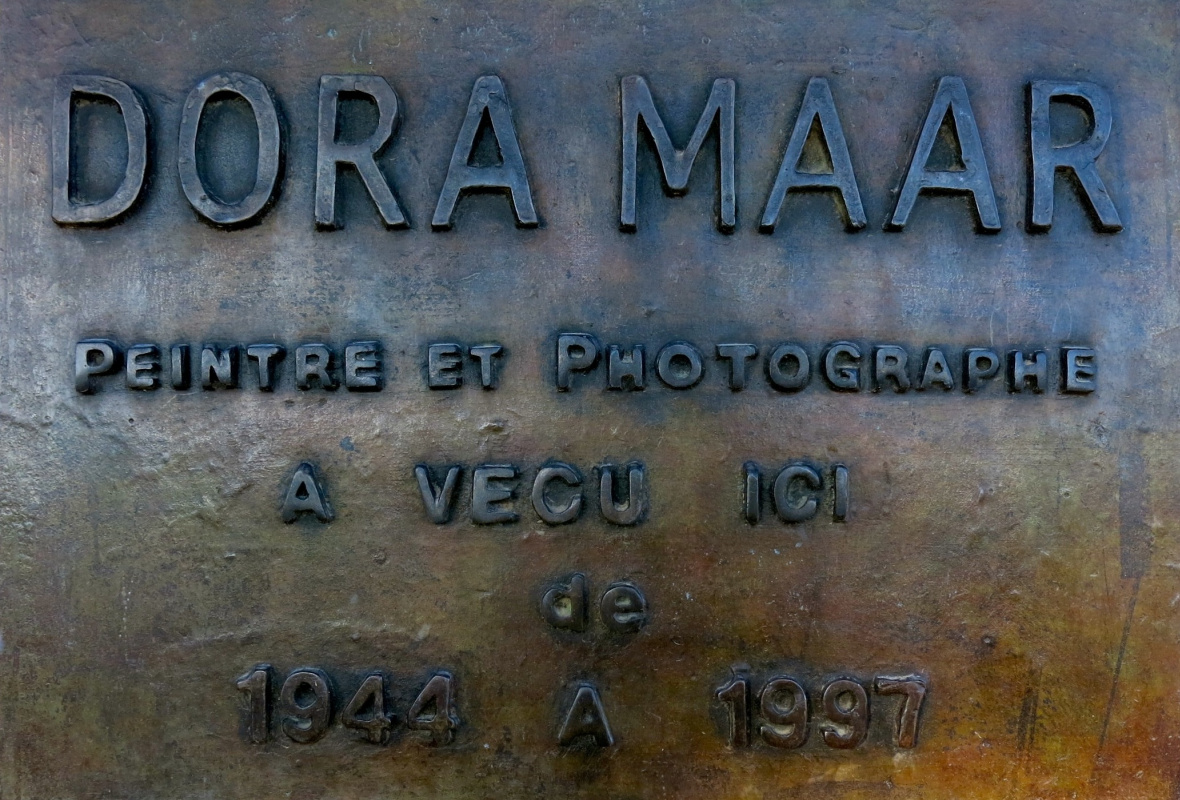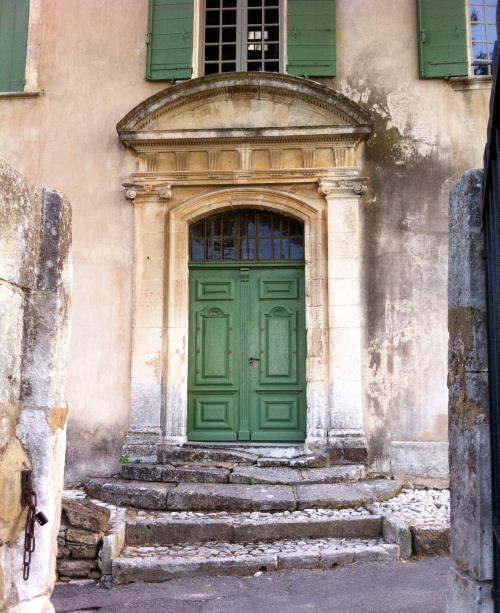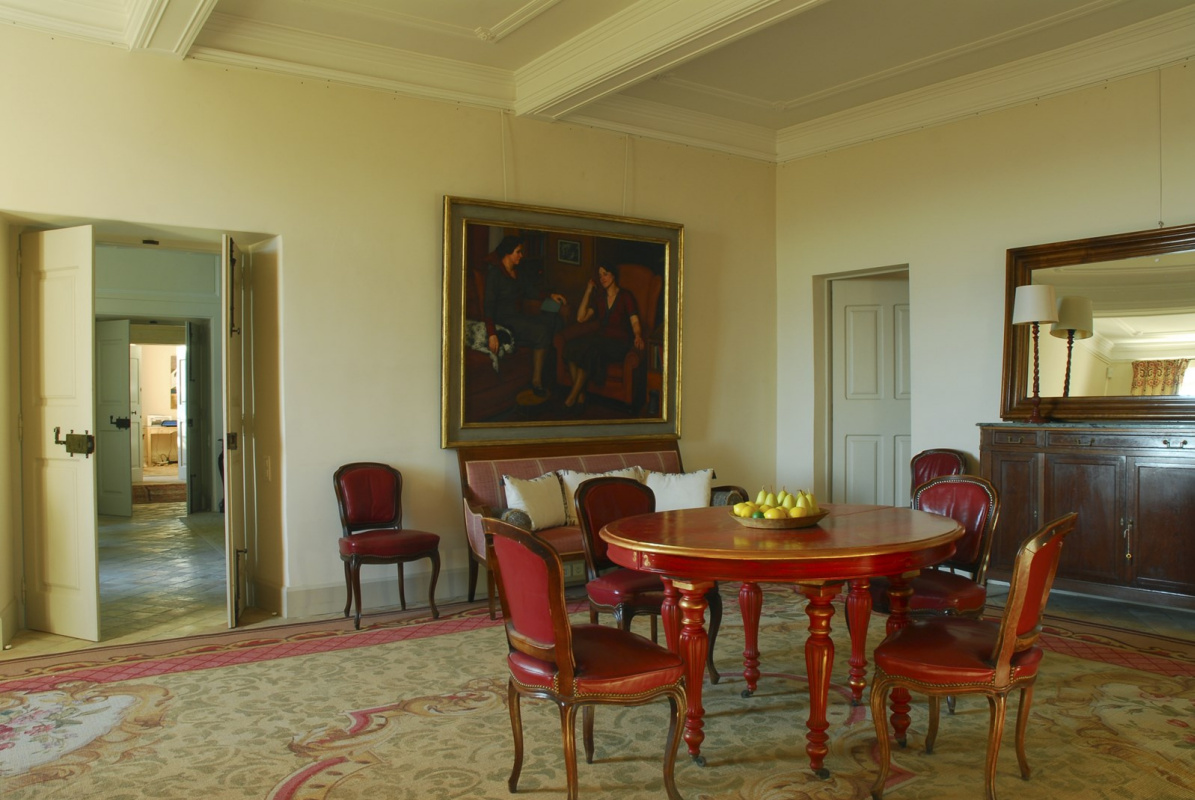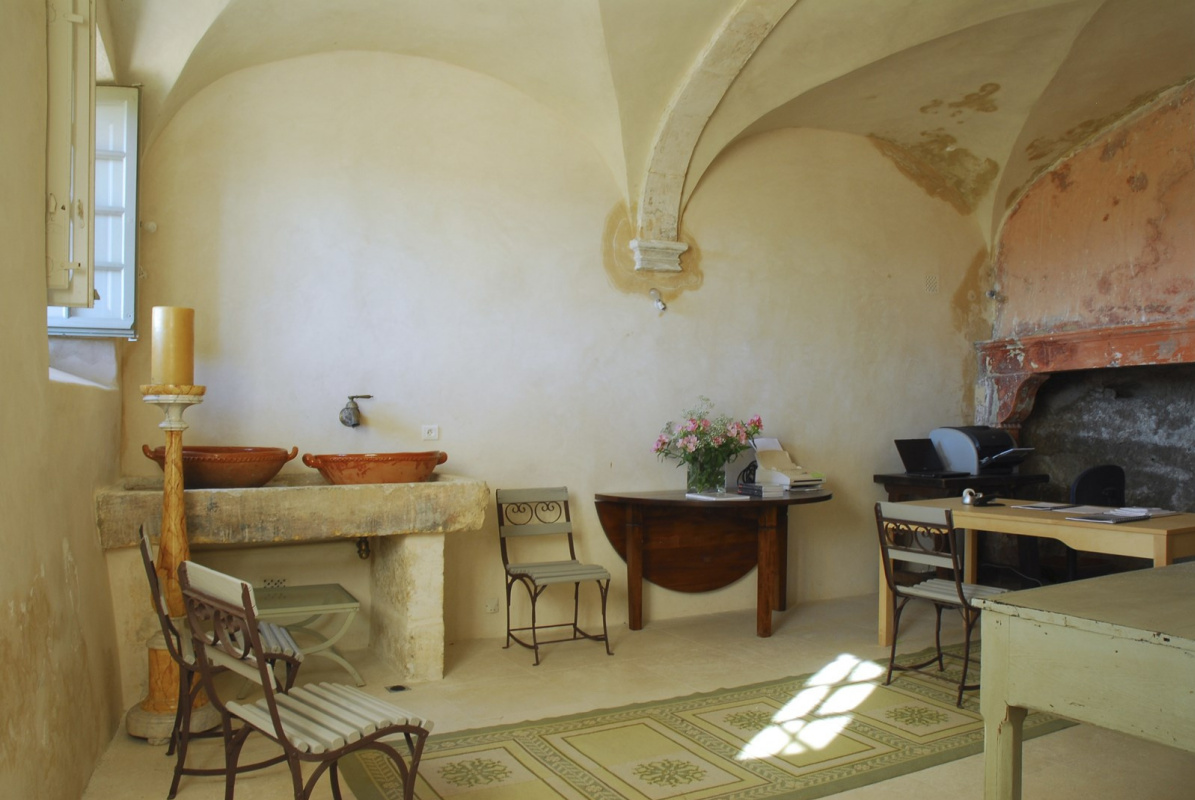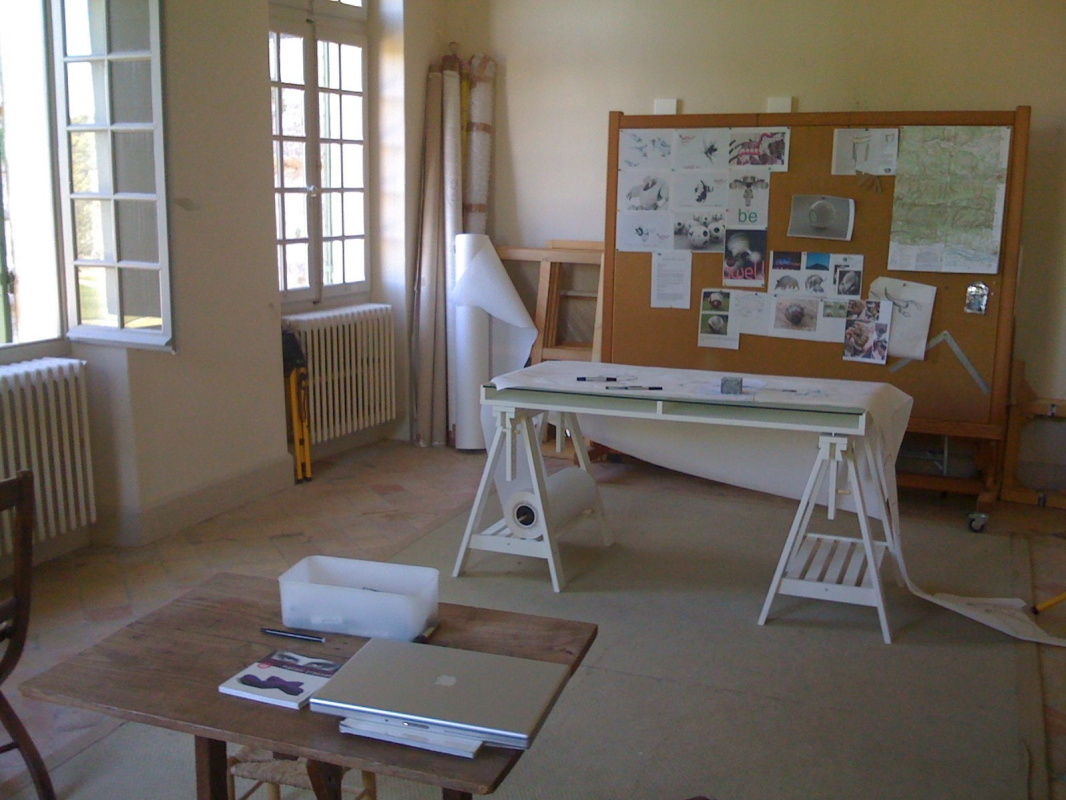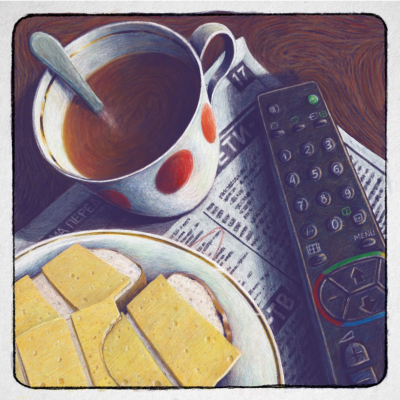This is the tale of Dora Maar, a tragic figure who left an indelible mark on the art of the 20th century and the work of its supreme god Pablo Picasso.
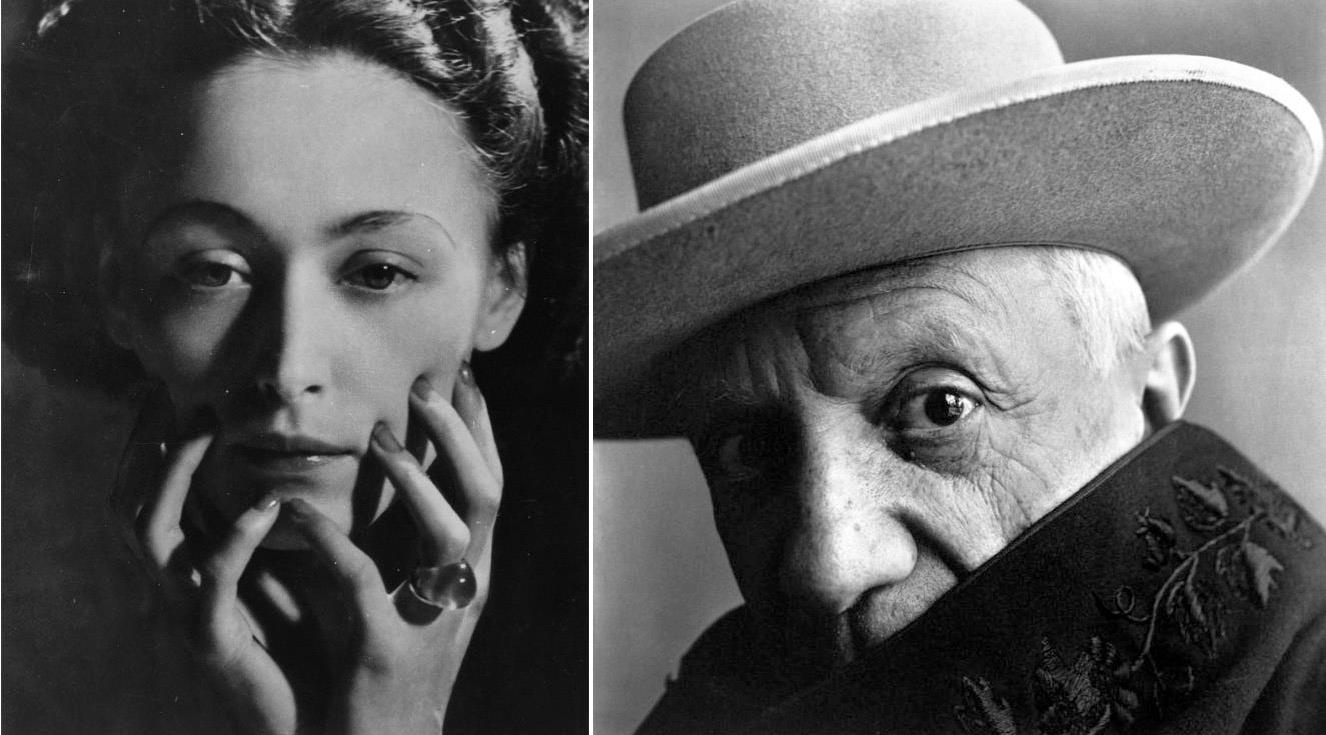
The first half of the 20th century has left a deep mark on the world of art. That era has produced many great artists, including Dora Maar, whose ideas moved boundaries and influenced new generations. If Pablo Picasso was the Zeus of the Modernist pantheon, Dora was his Leda. His great talent, innovation, avant-gardism are well documented, but where did his inspiration come from? What gave him the strength to create 'Les Demoiselles d’Avignon' or 'Bull's Head'?
He was a passionate man and he often turned to his muses for strength and inspiration. This is a love story and like every true love story, it is a sad story about how a self-centered man can destroy a life of a young and fragile woman.

Dora Maar (left), a detail of Buste de femme by Pablo Picasso (1881−1973) with Dora Maar as a model. 1938 (right).
Henriette Teodora Marković was of Croatian origin, but she was born in Paris, France in 1907 into a family of artists and intellectuals. Her father was an architect and from the earliest days of her childhood, Dora was exposed to the most progressive ideas of her time. At the age of three, the family moved to Buenos Aires where they stayed for the next 16 years.
This period of her life is important for our story because it set the course she will follow for the next fifty years. It is during this period that she had perfected her French and mastered her Spanish and gained enough knowledge about culture and art that will allow her to enter some of the most prestigious art academies in the world.
Her life was not a happy one, even at the early stage, because her parents had frequent fights and despite her father’s success she considered him to be a failure. She told a good friend and an art critic Lord James that her father was 'the only architect who failed to make a fortune in Buenos Aires.' This feeling will haunt her for the rest of her life and it helps us to understand her intricate relationship with men.
This period of her life is important for our story because it set the course she will follow for the next fifty years. It is during this period that she had perfected her French and mastered her Spanish and gained enough knowledge about culture and art that will allow her to enter some of the most prestigious art academies in the world.
Her life was not a happy one, even at the early stage, because her parents had frequent fights and despite her father’s success she considered him to be a failure. She told a good friend and an art critic Lord James that her father was 'the only architect who failed to make a fortune in Buenos Aires.' This feeling will haunt her for the rest of her life and it helps us to understand her intricate relationship with men.

Dora Maar, Untitled, 1934
Home at last
The world in which Dora grew up was plagued with problems. As a young girl, she witnessed one of the most horrific wars in the history of mankind. Understanding the circumstances in which an artist produced their work can be essential in comprehending the work. In 1926, during the period in which arts and culture flourished in Europe, the Marković family, returned home to Paris where Teodora commenced her studies at the school of photography. Paris was the art capital of the world at that moment and just by being in it, you participated in the making of history. This was a time of hope, progress and belief that the future will be much brighter than the past.
Just three short years after arriving in Paris, Dora found herself working as a commercial photographer. Her early work shows a great desire to explore and expand the boundaries of photography. Her images display an excellent command of the craft and even better understanding of human nature. Brassai, a Hungarian-French photographer said that, 'Dora Maar in these early days in her long white coat, a true professional already, stalking about her subject as a huntress around her prey as she searched for the most telling detail.'
This job enabled her to be introduced to the Parisian art circles and it eventually led her to meet the person who would change her life forever. In those years, Dora established herself as an artist, but her first solo exhibition and the acceptance from the critics were yet to come. As every young and aspiring artist she took every chance she could to advance in her career and it was on the set of Jean Renoir’s 'The Crime of Mr. Lange' in 1935, where she worked as a set photographer that her life was changed forever by a short encounter.
A poet and Dora’s friend Paul Eluard introduced her to Pablo Picasso who must have been his usual self, with his shabby clothes, a beret, and an attitude of a true god. This was only a brief encounter with the 54-year old inventor of Cubism and an uncrowned king of the art world, but however short it remained in Dora’s memory.
Their second encounter, the one that drew Picasso’s attention to Dora took place on a balcony of a Parisian café in January of 1936. Picasso and Eluard were at the 'Cafee Des Deux Magots' when Pablo noticed a beautiful dark-haired girl in her late twenties sitting at the next table playing with a small penknife. He was immediately drawn to her and he urged Eluard to introduce him to her. Moments after introducing them, Picasso spoke to Dora in French assuming this was her mother tongue and she replied in Spanish knowing that was his mother tongue.
By this time Picasso had already divorced from his first wife and he had a one-year-old daughter Maya with Marie-Thérèse Walter. However, this didn’t stop him from seeing Dora again, nor did it influence his decision to have a love affair with her that will last for the next 8 years.
By this time Picasso had already divorced from his first wife and he had a one-year-old daughter Maya with Marie-Thérèse Walter. However, this didn’t stop him from seeing Dora again, nor did it influence his decision to have a love affair with her that will last for the next 8 years.
The weeping woman
When two powerful and creative souls meet remarkable things happen. Their love can result in things that can change the world forever.

Picasso painting Guernica, Paris, Grand-Augustins studio, May-June 1937, Dora Maar
Dora’s personality inspired Picasso to discover new motifs and her presence in his life reflected on his paintings. During the first few years of their relationship Picasso produced many portraits, paintings, and sketches of Dora and in short time she became a character in his paintings.

Dora Maar with a Cat, Pablo Picasso, 1941
The world in which their relationship began was under a constant threat of war. The civil war in Spain was already raging, the Nazism in Germany could no longer be ignored and the consequences of the Great Depression could still be seen on the streets of Europe. On April 26, 1937, German bombs fell on the small village of Guernica killing more than 1.500 people.
Events surrounding this period of time in the lives of Pablo and Dora drew a lot of attention from filmmakers, and they are probably best explained in the film 'Surviving Picasso' in which Anthony Hopkins portrays the great painter. Another film titled '33 days' is announced for 2017, it features Gwyneth Paltrow in the role of Dora Maar and covers the period of time during which Pablo (played by Antonio Banderas) and Dora created one of the most iconic paintings in the history of modern art.

Pablo Picasso and Dora Maar, Man Ray
Shocked by the news from his home country Picasso decided that he must do something in order to honor the blameless victims of this massacre. Soon after receiving the news, on May 1, he started to work on one of the most iconic images of the 20th century. A new motif appeared in the painting of Guernica, a weeping woman. It is placed on the left end of the painting and it depicts a woman with a child while trying to escape the horrors of Guernica. Dora was his muse and his model for this motif. In a way, by painting her, Picasso made her immortal.

The Weeping Woman, Pablo Picasso, 1937
He said that,'Dora, for me, was always a weeping woman… And it’s important because women are suffering machines.' This statement reflects so much of his relationship towards women and can be used to explain why he tormented Dora Maar so much. The relationship helped Dora achieve success as an artist and soon after the love affair begun she had her first solo exhibition of her photographs in Paris in Galerie de Beaune, in 1937. The relationship with Picasso also encouraged Dora to start painting and take a new direction in her career. Closer to the end of their eight-year love affair in 1943, she had her first exhibition of paintings at the Jeanne Bucher gallery in Paris.
Being with Picasso might have helped her to establish herself as an artist, but it caused her to suffer deeply. Pablo never stopped seeing Marie-Thérèse Walter. If Marie was his secret lover, Dora was the public one, a girl he wanted the world to see.

Pablo Picasso, Dora Maar Seated, 1938
Dora said, 'I wasn’t Picasso’s mistress, he was just my master.'
So much pain and sadness come out of these words as they tell the story of submission and an abusive relationship that was utterly one-sided. The fact that she couldn’t bear children was also a major factor that contributed to the growing hatred and estrangement of the couple.
As the Second World War was nearing its end so was the love affair that will become a seminal part of art history books and that produced unique works of art that set the standards of painting. In 1943 Pablo met his next mistress Françoise Gilot and it became apparent that it is only a matter of time when they would completely drift away from each other. Their relationship was destroying Dora and Pablo’s infidelity and disrespect were tearing her apart which only contributed to the decline of her mental health. Picasso ended the relationship in a horrible fashion, by giving Dora a drawing from 1915 that depicts Max Jacob, his old friend, who had died in a Nazi concentration camp the previous day. This was just one of his insults that were to continue for the next couple of years.
As the Second World War was nearing its end so was the love affair that will become a seminal part of art history books and that produced unique works of art that set the standards of painting. In 1943 Pablo met his next mistress Françoise Gilot and it became apparent that it is only a matter of time when they would completely drift away from each other. Their relationship was destroying Dora and Pablo’s infidelity and disrespect were tearing her apart which only contributed to the decline of her mental health. Picasso ended the relationship in a horrible fashion, by giving Dora a drawing from 1915 that depicts Max Jacob, his old friend, who had died in a Nazi concentration camp the previous day. This was just one of his insults that were to continue for the next couple of years.
The clash of the giants
The bond between them was so strong that they couldn’t just walk away from each other, but what once drew them together by the end of their relationship made them bitter rivals. Both of them sought vengeance. This game destroyed Dora and made her withdraw from the art world and the Surrealist circle that she was frequently seen in. Great artists are not necessarily wonderful people and Picasso’s punishments of Dora prove that he was a flawed human being.

Portrait of Picasso, Dora Maar, 1938
He often sent her objects that he considered ugly, useless and revolting to show to Dora how he felt. If the couple met in public he did everything he could to humiliate her and diminish her credibility as an artist. He even went so far that he made Dora say to his 40 years younger mistress Françoise Gilot that their affair was over. On other occasions, he bragged to Dora about what a great lover Francoise is just to hurt her.

Portrait of Pablo Picasso, Dora Maar
This war between the two of them resulted in Dora’s nervous breakdown. As if he finally crushed her. Pablo was the reason Maar abandoned photography and turned to painting as if her work as a photographer wasn’t enough to prove to him that she is a goddess in the pantheon of art, as well.

'Paysage de Luberon', oil on canvas, by Dora Maar
Picasso wanted her to remain in his shadow
and did everything he could to discourage her artistic growth.
and did everything he could to discourage her artistic growth.
After the breakdown, Dora turned to religion and denounced her ties to the surrealist movement. She wrote poetry, took photos and painted until her death on July 16th, 1997, but she never came close to the status in the art world she had while she was Picasso’s mistress. She had accepted that she will always be in his shadow.

Portrait of Dora Maar with small hands, by Man Ray, 1936
New York, Collezione Debra e Jean Bensadoun
Photo credit: Alister Alexander /Camerarts
New York, Collezione Debra e Jean Bensadoun
Photo credit: Alister Alexander /Camerarts
Tragic Muses
Being a female artist was nearly impossible for thousands of years. The art world was dominated by men and their creative genius. The role of women was reduced to someone to whom they turned to for inspiration. Maar’s relationship with Picasso is not the only sad love story of the art world. Frida Kahlo or Camille Claudel are just a few examples that demonstrate the position of women in art. They all had to live in the shadow the man they loved and were not allowed to reach their full artistic potential because the gods of the art world felt that their talent could surpass their own.
Traditional views of women’s position in the society gave Picasso or Rodin the power to act like they did and to destroy the women that inspired them and who gave them everything they had and got nothing in return. Understanding the position of women in art demands us to understand the society they lived in. Although many female artists had their rightful place in the art world, the world they lived in believed that their place was at home with children.

Dora and the Minotaur, Pablo Picasso, 1936/37
Yet it is very hard to mention Picasso without associating him to Dora Maar. After all one of his most expensive paintings is the portrait of Dora Maar with a cat, sold for over 95$ million dollars ten years after Dora died. She never had another lover after Pablo. Like the Zeus, Picasso had used his muse and when he got tired of her he just dismissed her like he would do with a servant.
The position of women in art has improved significantly since then but it is still equally a complex matter to be a female artist. Hopefully, the experiences Dora Maar had were enough for the world to recognize that both man and women are capable of producing masterpieces.
The greatest artist of the 20th century had a long shadow and sadly a fragile soul like Dora Maar had to remain in that shadow because the world she lived in wasn’t ready to accept that she too was among the greatest artists of her time.
Located in the village of Ménerbes, in one of the most beautiful regions of southern France, this 18th-century town house was purchased in 1944 by Pablo Picasso for Dora Maar. Maar (1907−1997) owned the house until her death, after which a resident of both Houston and Ménerbes bought and renovated the house to transform it into a retreat for writers, scholars, and artists.
On materials of Dora Maar With And Without Picasso: A Biography, by Mary Ann Caws, Thames & Hudson, 2000; Encyclopedia of Twentieth-century Photography, edited by Lynne Warren, Routledge, 2006; all-art.org






